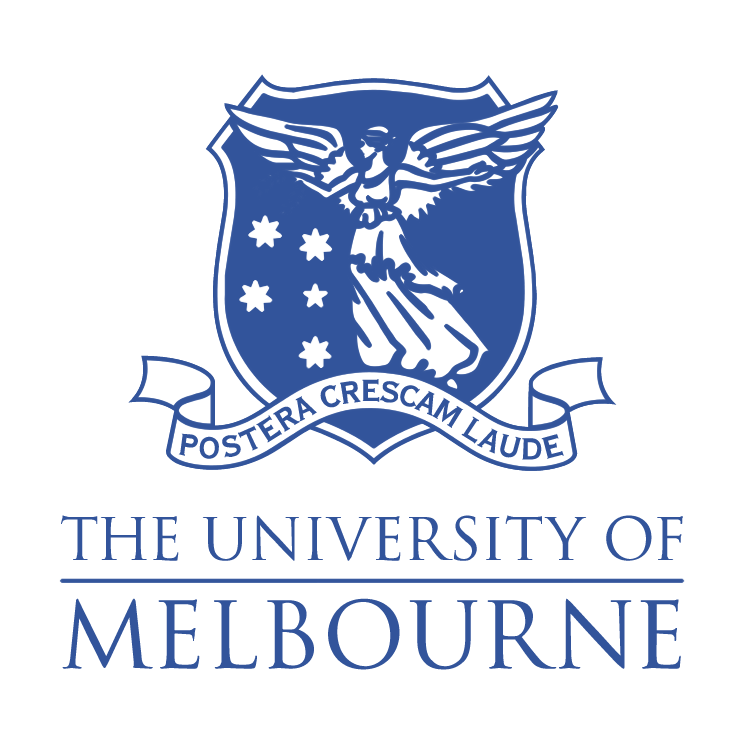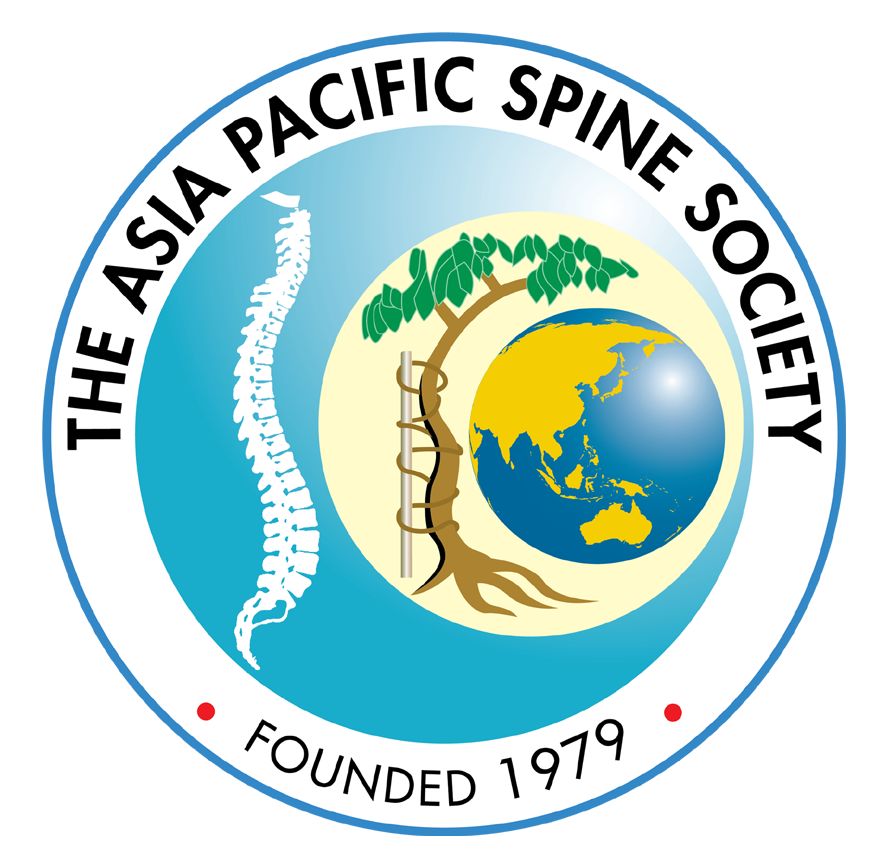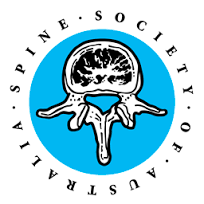Spondylolysis
Spondylolysis is a common source of lower back pain in children and adolescents, particularly for those involved in sporting activities that place stress on the lower back or cause persistent overstretching of the spine.
Spondylolysis is defined as a defect or fracture in the pars interarticularis (a small section of bone that joins the facet joints in the spine). Most cases occur in the lower lumbar vertebrae, but spondylolysis can occur also occur in the cervical and thoracic spine. .
Spondylolysis is rarely seen in young children and is thought to occur in around 10% of the population after teenage years. The true incidence is unknown as a lot of people with spondylolysis are asymptomatic and never seek medical attention. However, it is the most likely cause of back pain in adolescent patients.
The exact cause of spondylolysis is often unknown. However, it is thought to be related to a failure of the bone to form across the facet joints during a child’s development. It can also be caused by acute and chronic injuries. Rare causes include tumors or infection causing destruction of the bone.
The majority of cases of spondylolysis are chronic in nature. Even though imaging may show one vertebrae nearly ‘slipping off’ another (spondylolisthesis), this is rarely an emergency condition as the bones have developed this way over some years.
Many people with spondylolysis may experience no obvious pain or discomfort. Signs the condition may be present include:
- Pain across the lower back
- Pain that worsens with physical activity, especially with extension of the back. In Australia, the common sports this occurs in include cricket, rugby and ballet where there is constant extension or straightening of the back
- Tightening of the hamstring muscles
- Neurogenic or radiating pain (shooting pain down the leg)
In addition to performing a physical exam, we may recommend an X-ray, CT scan or MRI to properly diagnose the condition.
Treatment
For most patients who have no signs of nerve compression or other neurologic impairment, the first line of treatment is non-surgical therapies. These might include activity modification, medication, rest and/or physiotherapy. Bracing and epidural spinal injections are occasionally recommended.
Spine surgery is usually only considered only after multiple courses of conservative therapies fail to significantly relieve symptoms, or if evidence of nerve involvement, such as numbness, muscle weakness or bowel or bladder impairment, develops in the patient.
Spinal decompression is a procedure in which bone is removed to eliminate nerve pressure and relieve pain.
Spinal fusion is a procedure in which the vertebrae are joined or fused to restore spinal stability
These procedures are usually performed together as part of the same surgery. The overall goal is to remove the source of irritation and inflammation and to restore the stability of the spine.










